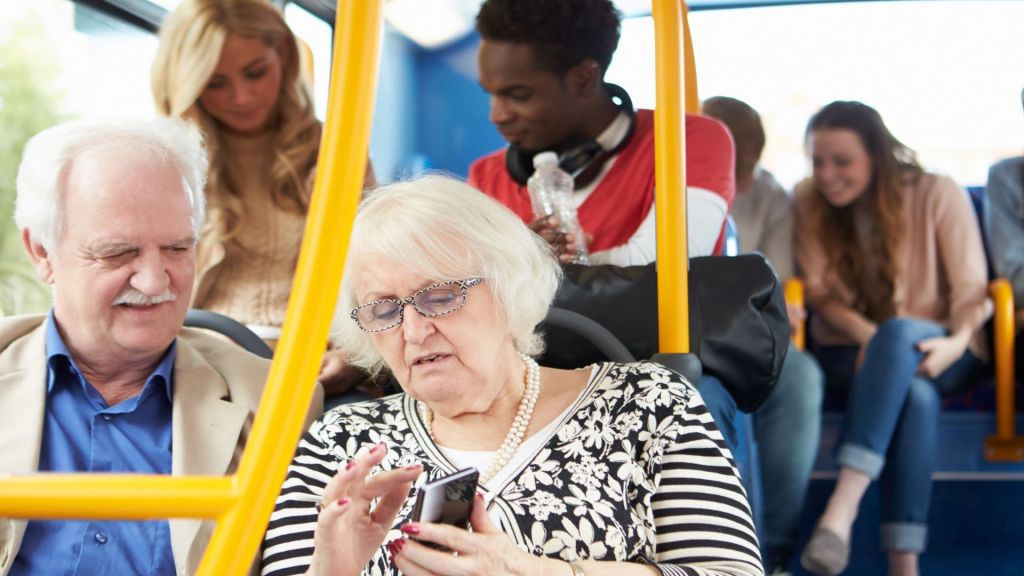Share This
Related Posts
Tags
Livable Communities Act
By Erica Rascón on Sep 13, 2021 in News
The Livable Communities Act of 2021 aims to develop transit alongside affordable housing, creating more efficient and equitable access to major job hubs and neighborhoods. The act attempts to tackle two contentious issued for Americans.
The Livable Communities Act of 2021
The first step is to create an Office of Sustainable Communities within the Department of Housing and Urban Development (HUD). The division would “promote interagency coordination on the development of affordable housing, transit systems, and other community needs.” The Office of Sustainable Communities would have its own credit facility.

From there, regional development grants would be available through the Comprehensive Planning Grant Program. Eligible recipients would demonstrate partnerships between local governments, city planning, and Indian Tribes (where applicable) and other community members to create “sustainable, affordable housing with access to transit.”
In addition to sustainability, the Act includes a clause to prioritize health-conscious housing and reduce housing-related health hazards. The Act reserves 25% of funding for high-poverty communities. Such areas are greatly affected by long waitlists for affordable housing as well as a lower quality of living and a high concentration of health concerns.
Sen. Bob Menendez (D-N.J.) introduced the legislation supported by Sens. Catherine Cortez Masto (D-Nev.), Chris Van Hollen (D-Md.), Ron Wyden (D-Ore.), Jack Reed (D-R.I.), Kirsten Gillibrand (D-N.Y.), Alex Padilla (D-Calif.), and Richard Blumenthal (D-Conn.).
Menendez says, “Our communities are stronger when hardworking families can afford to live close to where they work. As the nation faces an affordable housing crisis, we don’t want to see teachers, first responders, grocery store clerks, restaurant staff, and other essential workers be priced out of the neighborhood.”
He continues, “Creating ‘livable communities’ is all about connecting workers to good-paying jobs through expanded affordable housing options and access to good public transportation by inextricably and strategically linking the two in a community’s broader redevelopment plans. The Livable Communities Act of 2021 provides federal investments to help local communities throughout New Jersey and the nation craft and implement redevelopment plans that generate economic opportunities, create jobs, provide housing, and improve the quality of life for all residents.”
Constituent (and thus legislator) buy-in
Buy-in for more affordable housing is uncertain. The number of cost-burdened renters has grown as housing assistance has become a lower budget priority. The American Bar Association published an impacts report on the previous administration’s HUD budget cuts.
Amongst voters, results vary. Six polls issued between March 2020 and March 2021 report that 60%-85% of respondents are in favor more affordable housing—just not in their neighborhoods, which would threaten to lower existing property values. And ideally, not clumped together into housing projects, which carry a history of crime and poor upkeep. Multiple national groups are working to improve community receptivity to affordable housing, however, with favorable response.
In short, there is vocal support for affordable housing and still much contention about where and how to build it.
Voter buy-in for transit expansion proves to be equally nebulous. The proposal reached the floor amidst COVID-19 safety protocols that discourage closely congregating in confined spaces. A global poll of transit users reveals that only 34% of riders still use transit the same as they were before the pandemic.
Pandemic aside, there are 31 unique advantages and disadvantages to public transportation that users must consider. Among the disadvantages is simply that some transportation systems are “quite bad.” Cities may go several years without revising transit routes, leaving gaps in coverage.
Creating new, more expansive routes is ideal. Easier access would alleviate many of users’ qualms with public transportation. But transit expansion is costly and financially unprofitable in most cities: on average, fares only cover about 33% of travel expenses, per the American Public Transportation Association.
To expand, city planners would need to take a leap of faith. Per a new study from Victoria, route expansion may offer improved conveniences, improved wait times and less crowding for users. Those features would, in turn, create a more favorable experience for riders, more riders and better profits.
The largest rewards of public transits, however, don’t offer instant gratification. Fewer greenhouse gas emissions, less air pollution and the corresponding decline in related public health issues aren’t issues that users might notice.
Even still, the unseen benefits may be enough. Per a report by NBC News, about 57% of U.S. respondents believe that human activities impact global warming. It’s a nine-point increase from the same poll issued in 2014.
As more Americans embrace the human catalysts for climate change, The Livable Communities Act and similar measures may meet improved constituent buy-in.
